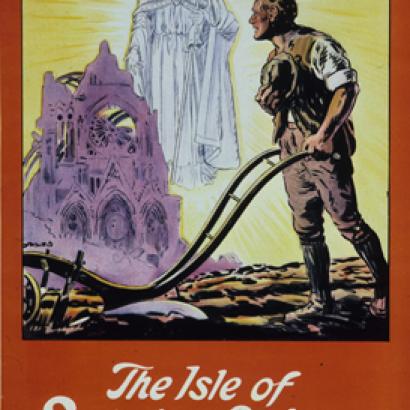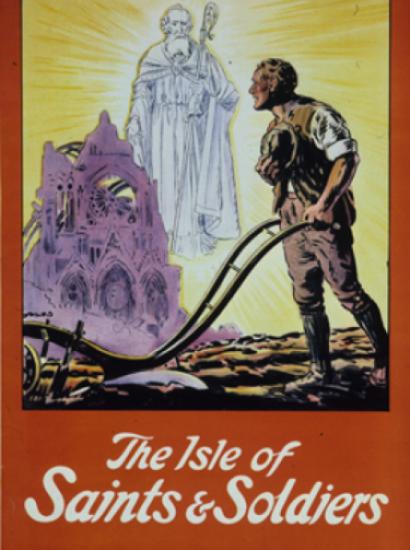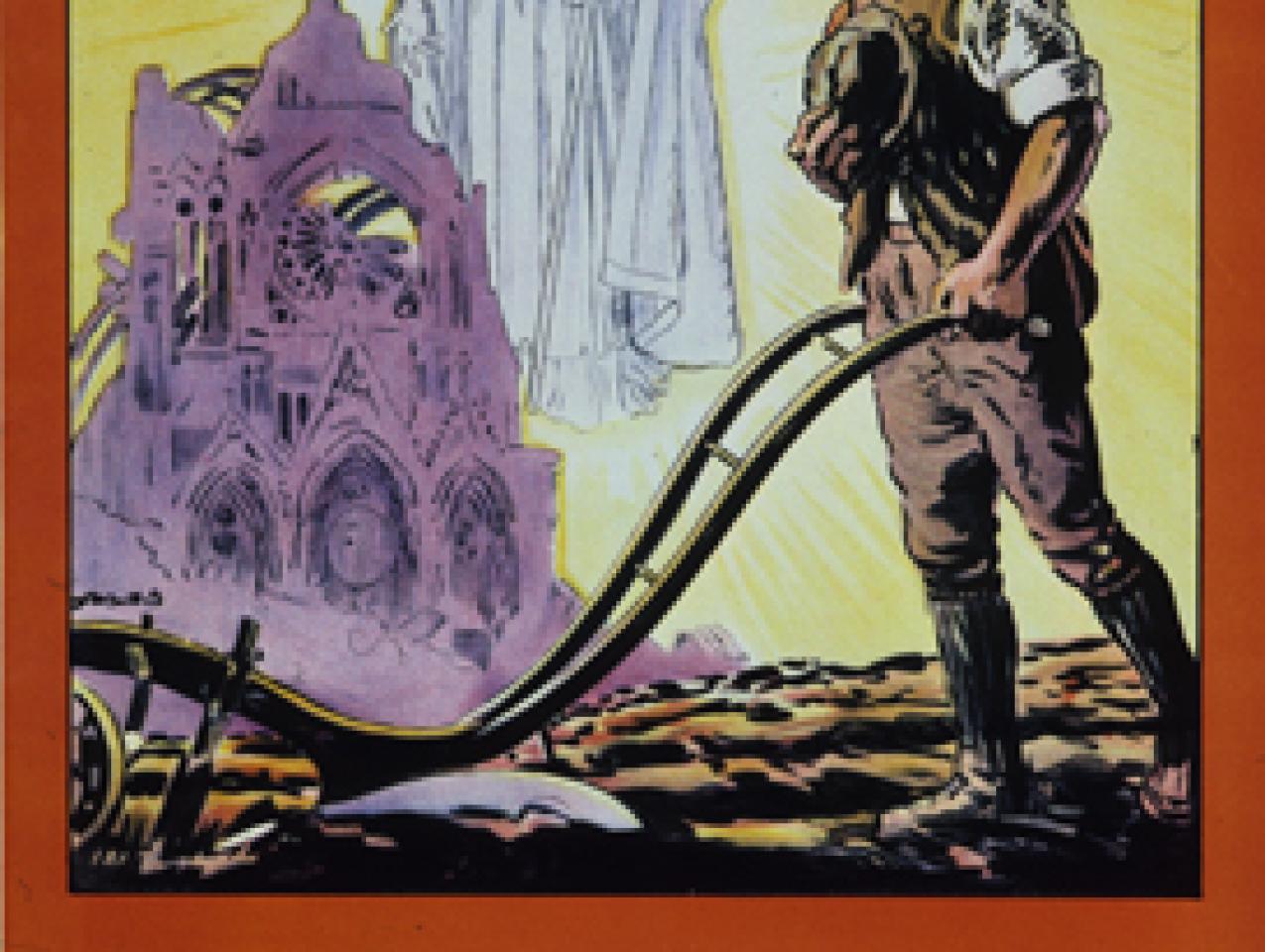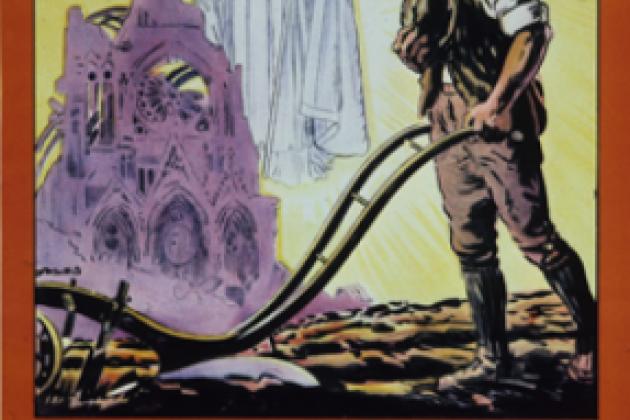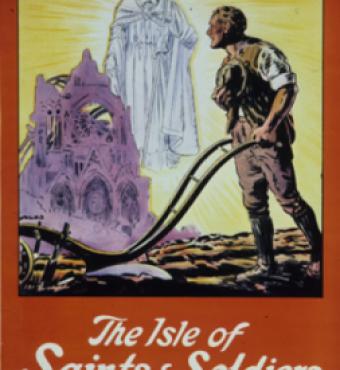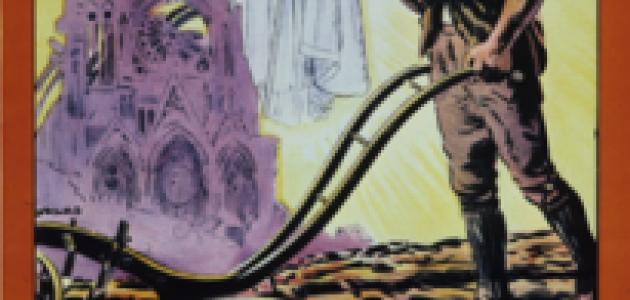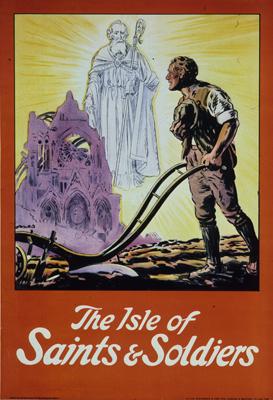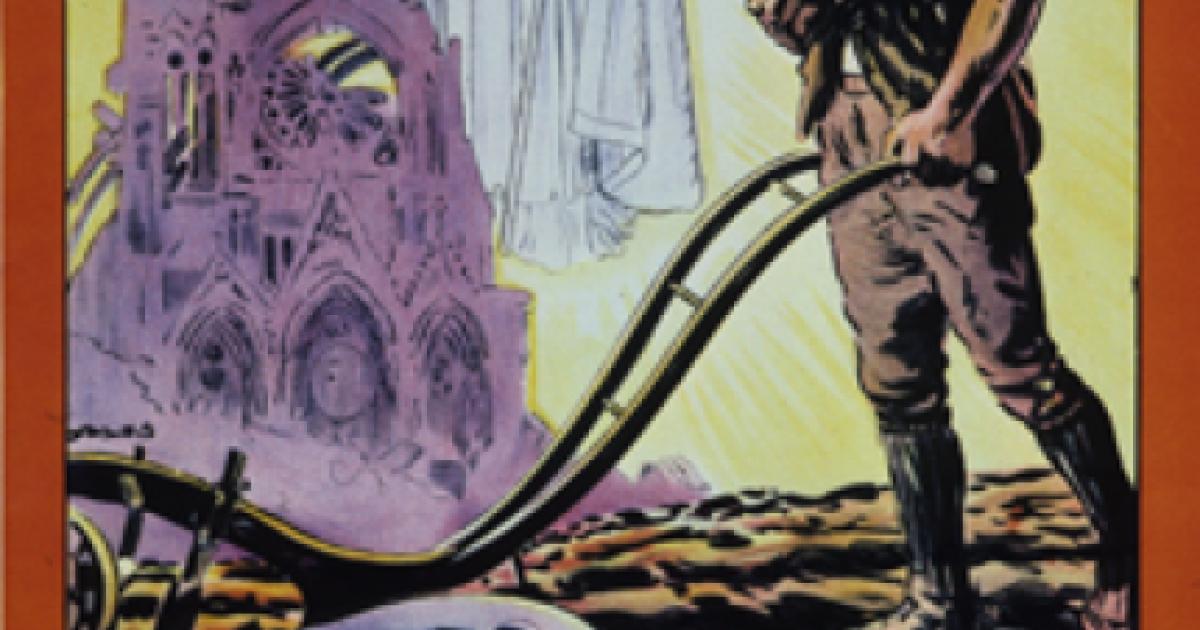- History
- Military
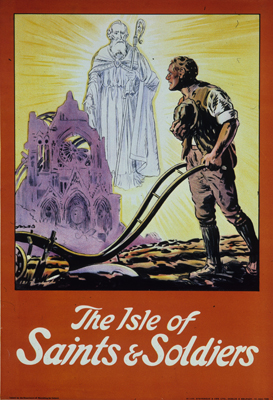
Between June 29 and July 4, 1913, some 53,000 Union and Confederate veterans of the Civil War gathered at Gettysburg, where many had shot and bayonetted each other fifty years earlier. They embraced—often tearfully—dressed in Blue and Gray, surrounded by the flags under which each side had fought. President Woodrow Wilson told them, “We have found one another again as brothers and comrades in arms, enemies no longer, generous friends rather, our battles long past, the quarrel forgotten—except that we shall not forget the splendid valor.”
By contrast, in June 2016 the National Cathedral announced that the images of the Confederate battle flag in two stained glass windows honoring Robert E. Lee and Stonewall Jackson would be removed immediately and that the windows themselves would be used “as a centerpiece for a national conversation about racism in the white church.”
The Cathedral’s decision reflects a new attitude among prominent Americans today regarding their fellow citizens, as well as about war and peace. It is part of a nationwide rush to remove symbols of the Confederacy from public places, accompanied by commentary from academe and the media that the post-Civil War’s Northern occupation should have been harsher and lasted until it forced social equality.
Making peace, especially out of civil wars, is the most difficult task of statesmanship. America’s recovery of something like unity in only about a half century, after a war that killed some four percent of its male population, is unique. Lincoln showed the way by holding both sides equally responsible for the war. The honorable, magnanimous behavior of generals, North and South, who had fought each other helped foreclose the cycle of reprisals and resistance that so often produces endless enmities. Though politicians and profiteers who had never hazarded their lives embittered and prolonged America’s first venture into “nation building,” they never did enough harm to induce such redoubtable cavalry leaders as Nathan Bedford Forrest and J.E.B. Stuart to start the kind of insurgencies that have turned other “nation building” ventures into debacles.
By the twentieth century, Northerners and Southerners were naming parks, theaters, all manner of public buildings “Grant-Lee,” while churches and schools were doing their best to emphasize America’s unity. Intersectional marriages increased. Movies showed Rebs and Yanks on the same side, mirroring reality in the Indian Wars, the Spanish-American War, two world wars, and the Cold War.
In our time, persons who indulge a vicarious passion for continuing the Civil War, regardless of cost to the achievement of social equality, court new strife. Absolving themselves from racism by imputing it to their fellow citizens, they chip away at the achievement of the men of Gettysburg, whose intimacy with war’s realities had taught them to make peace.







